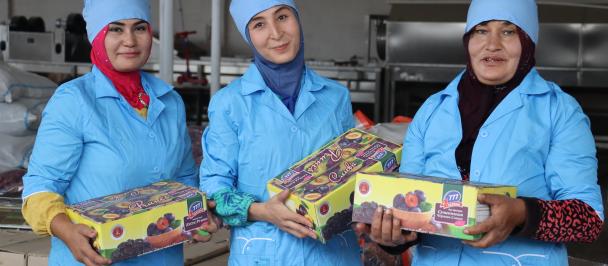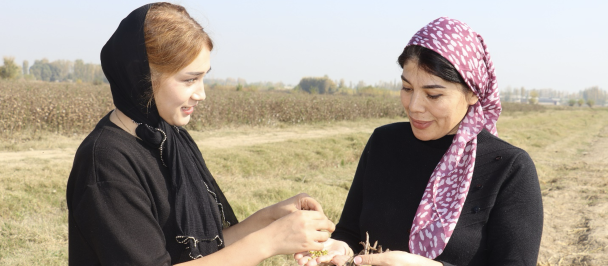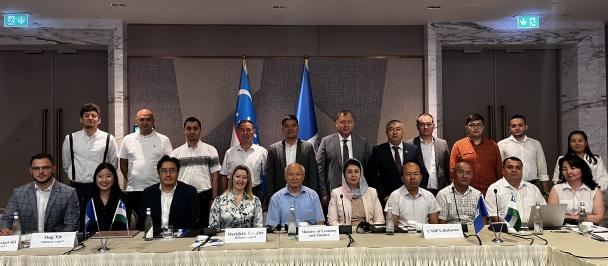Young scientists from Inha University in Tashkent, with the support of the United Nations Development Programme, developed a weather station, pheromone traps and a special software which allows to keep records of farms and sends out SMS alerts about the spread of diseases and pests of plants. The main advantages of these inventions are their affordable cost compared to imported analogy, more accurate prediction due to adaptation to local entomology, and availability of Uzbek interface.
Last autumn, an alpha version of the device was installed in Turakurgan district of the Namangan region. Dilshod Akbarov, Manager of UNDP’s ‘Aid for Trade’ project, explained the importance of implementing these devices in Uzbekistan. Jasurbek Khojaev, Hardware and Cloud Developer and Sarvar Abdullaev, Programme Developer, told about the features of the invention, its usage in Uzbekistan and benefits for farmers.
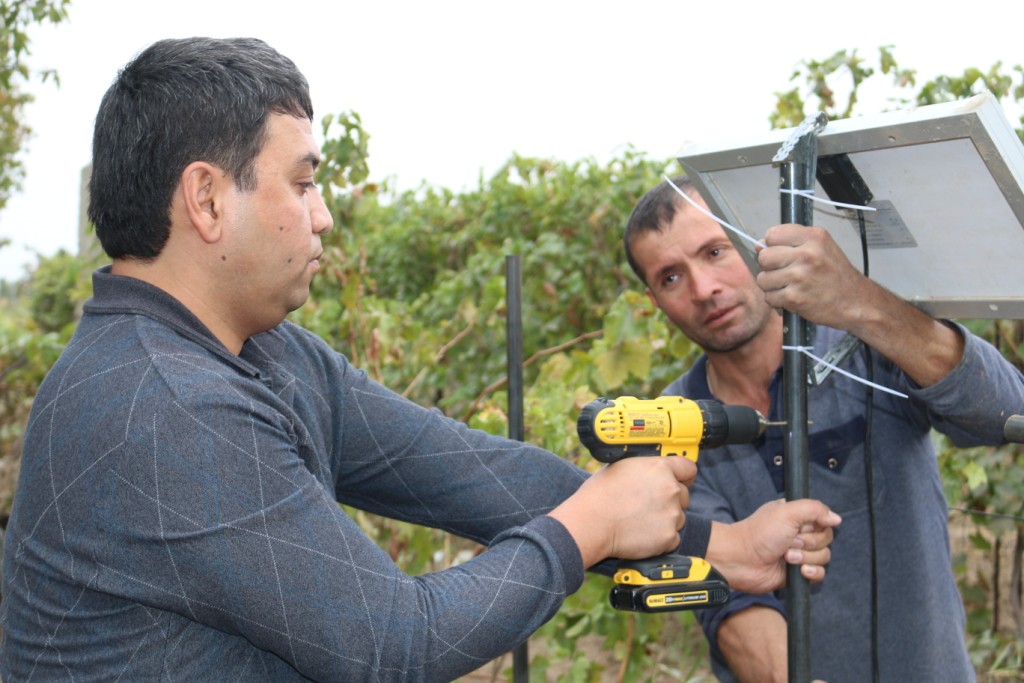
What the developed device is about? How does it work?
Jasurbek Khodjaev: Our project consists of three parts: a hardware component (weather station and a pheromone trap), a cloud service and PC software. The weather station operating on solar energy is equipped with sensors for wind speed, wind direction, sun intensity, rain measurement, temperature, air humidity, soil temperature, soil moisture and soil salinity. The weather station collects data from the environment and soil and sends it to our cloud system at a specified time interval, while the cloud system collects and displays data for farmers and agronomists.
Another device is a pheromone trap. This is a traditional pheromone trap, but equipped with a camera. The camera takes pictures of insects inside the pheromone trap and sends these images to our cloud system.
Sarvar Abdullaev: The developed software registers diseases and pests at certain sites and informs farmers via SMS. It also archives data about key soil and crop parameters for each season, as well as general information about diseases, pests and plants. The software runs on any PC and has a mobile connection which enables SMS messaging. It is important that the software can operate offline and store all data in a local database. This provides an option to freely use the software even in the absence of an Internet connection. The software interface is fully in Uzbek that makes it even more convenient for local farmers.
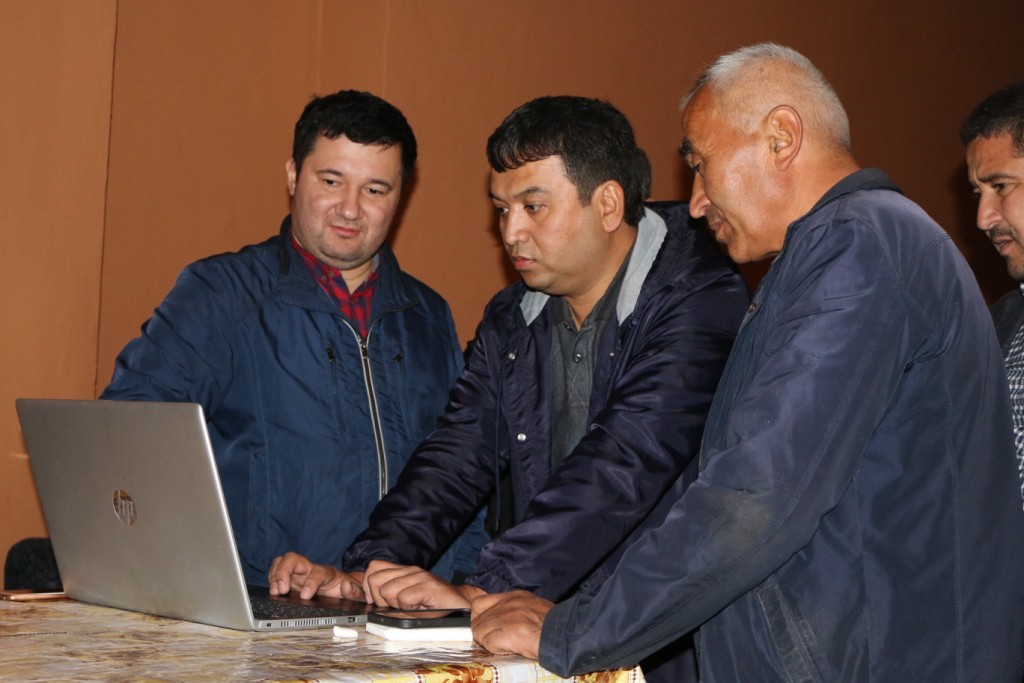
Are there any analogues of these devices in the world? What is unique about the technology you developed?
Jasurbek Khodjaev: Both the weather station and the pheromone trap are not a new phenomenon. Usually, this high-tech equipment is imported to Uzbekistan, which makes them more expensive and hard to afford for the majority of local farmers. In addition, the owners of foreign systems have problems with after-sales service. When we talked to local agronomists, they noted that the algorithms set to predict foreign diseases are sometimes not entirely accurate for Uzbekistan, and therefore it is necessary to create forecasting algorithms with the help of local scientists. This system was developed based on local entomology and available pests and diseases; therefore, this makes it more effective than foreign analogues.
Another unique aspect of this system is that it is designed in a more economical way using industrial sensors, so the final cost of the system is affordable for farmers. In addition, its functionality is available in local language.
Sarvar Abdullaev: Most of the existing software is designed as web programmes for farmers. However, we understand that in remote regions of our country there are still problems with Internet, which makes it difficult to use foreign analogues. Our software can be installed on a computer and used offline. Furthermore, our software is designed to keep records of several farms at the same time. This solves the problem of communication with farmers or workers in the fields from the central control panel. For this option, farmers or their workers must have the simplest mobile phone which is capable to receive SMS. We did not see such functionality in any foreign analogue. It seemed to me that the developers of foreign analogues assume that every farmer has a modern smartphone with a high-speed Internet connection. But our realities are different, and I believe that it is necessary to adapt to them.

How do the farmers benefit from using the developed technologies?
Jasurbek Khodjaev: The main goal of the cloud system is to predict the spread of pests and diseases, so that farm owners know when exactly to use the means to combat diseases and spread of insects. Due to the fact that farmers in Uzbekistan use old farming methods, they cannot recognize diseases on the early stage and ultimately use a lot of chemicals that affect food. Our pheromone traps help farmers / agronomists save time and remotely monitor the number and type of insects caught in the pheromone, with no need to count them manually. Having accurate information, they can quickly and accurately make decisions about the conduct of agricultural work.
Sarvar Abdullaev: Our software eliminates agronomists of the need to walk around the farmer's fields in order to get measurements of the necessary indicators of air, soil or plants. They can monitor all indicators through the cloud server. Even in the absence of an Internet connection, agronomists can manually fill in the necessary data in the software. Let us assume that an agronomist identified a contagious disease at a certain site. In this case, the SMS-informing function can help him/her notify owners of nearby farming plots in a short time.
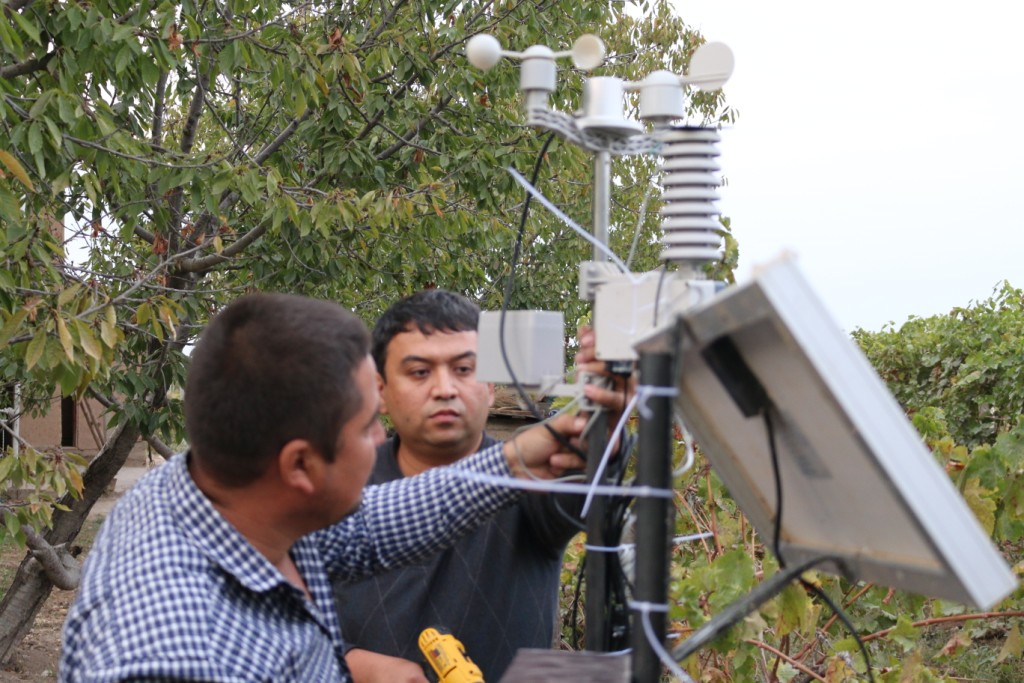
Why does UNDP promote the introduction of pheromone traps and weather stations in the agricultural sector?
Dilshod Akbarov: Earlier, the UNDP ‘Aid for Trade’ project conducted a study among farmers in Fergana Valley and found that farmers prefer using chemical treatment to prevent plant diseases and combat pests. The use of chemical plant protection products does not always have a positive effect on the ecology and further on the health of consumers of agricultural products. Therefore, it was important for the project to help farmers switch to non-chemical (biological) protection measures.
UNDP installed four imported weather stations for farmers in Tashkent region, however, due to their high cost, not every farmer can afford the purchase of such equipment.
Our joint work with domestic experts allowed us to create weather stations and pheromone traps at a lower cost. Developers continue to work on improving the system and expanding forecasting algorithms. We hope that the successful implementation of a pilot project in Turakurgan district of Namangan region will allow us to replicate this experience across Uzbekistan.

 Locations
Locations
